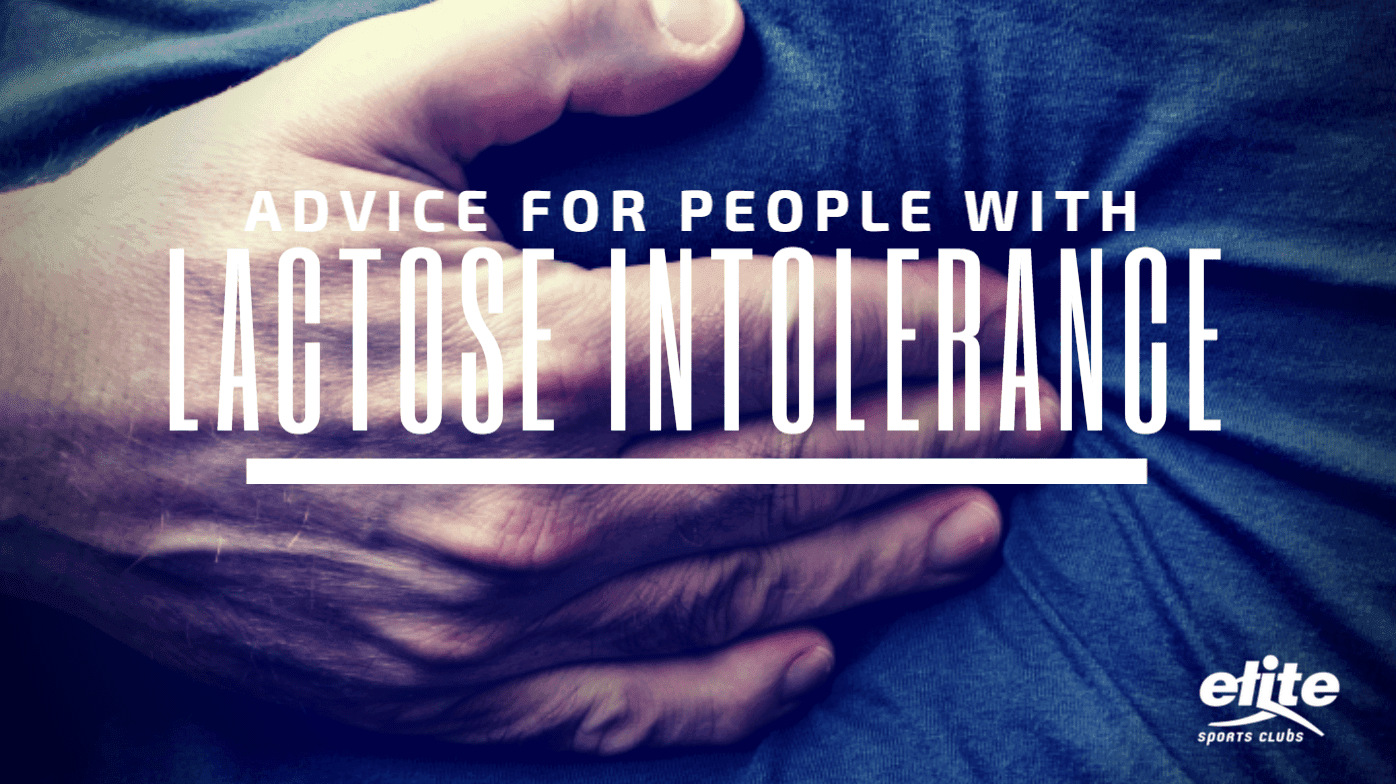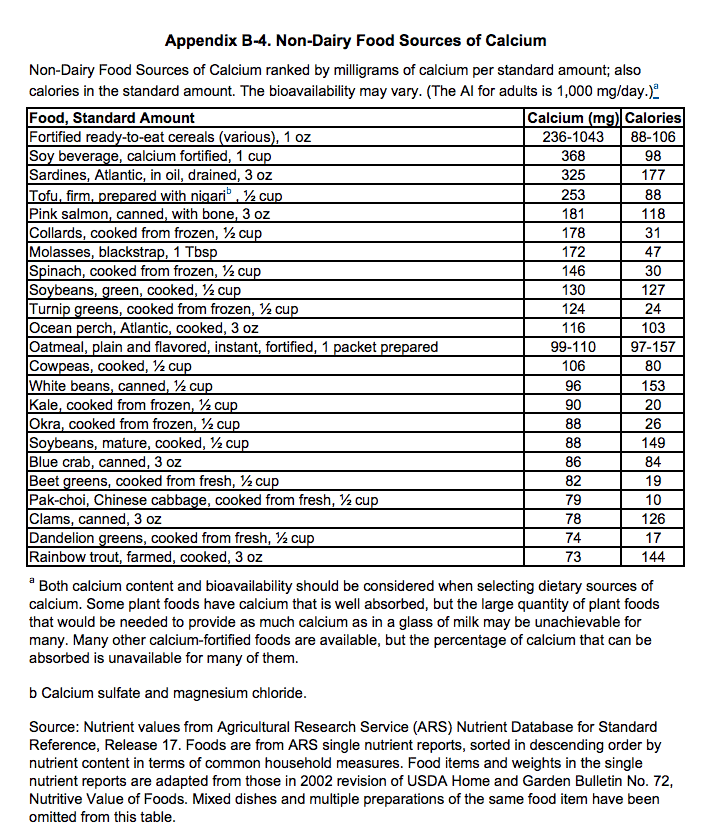
Many people will have difficulties with their consumption of milk and milk products due to a variety of different reasons. Stress can be a problem, as well as temporary stomach upset such as the flu, or bacterial infections. Others, will have a continuing problem consuming dairy foods for most of their lives. If you are having frequent stomach upset, cramping and bloating, then it is best to stay away from dairy-based foods all together.
Lactose Intolerance is a term used to describe gastrointestinal symptoms that are experienced following the intake of lactose (milk sugar) in amounts that exceed what the body is able to digest or absorb. Most individuals will definitely be able to describe the pain that is caused by the ingestion of milk, and clearly, are able to recognize whether or not milk creates a problem. The greatest offenders are in the form of fresh milk and ice cream products. Yet, dairy foods, such as yogurt and cheese, contain low levels of lactose and live active cultures of bacteria can digest any lactose present, and will often make the dairy foods much more tolerable.
Other good choices for foods without lactose are dairy products that contain the same cow’s milk nutrients but just not the lactose. They are considered “Lactose-free.” These include soy milk products, almond milk, and even rice milk products. They have a nutty milk taste and are full of at least 8 grams of protein for every glass. In addition, there are low fat and lactose free cheese products, ice creams, and a variety of different yogurt products available in the supermarket. You may want to take some time to try these foods based on taste, expense, and how they make you feel.
In addition, if none of these foods provide you with what you are looking for, try to include in your diet foods that will provide 800-1200 mg Calcium per day from foods other than milk products. That food list from the Nutrient values from Agricultural Services (ARS) Nutrient Database for Standard Reference, release 17, is included below.
Written by Rita Larsen, RDN, CD; Elite Sports Clubs Nutrition Educator & Diet Counselor
Schedule a Nutrition Consultation